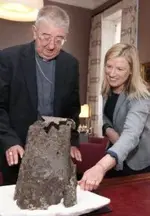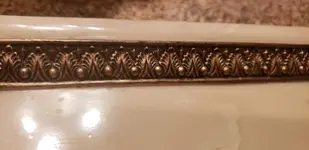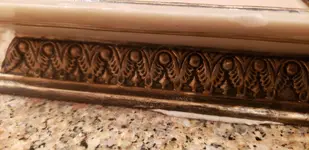BillA
Bronze Member
or trying to avoid the consequences . . . . .
meaning, found something valuable and is gone..or found nothing and is gone?
or trying to avoid the consequences . . . . .
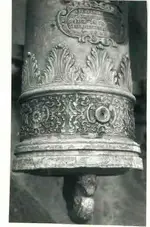
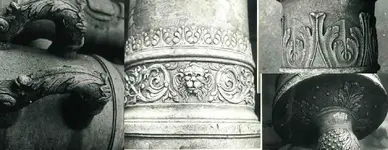
View attachment 1752839
Just looking through a book on cannons, the same design appears on cannons made in Lisbon Portugal, the dates of the canons that I can see are from 1568 to 1660. This design has been found on Spanish cannons also. The intro to the Lisbon section states,
From 1580 to 1640, for dynastic reasons, Portugal (but not its overseas empire) was
placed under the Crown of Spain, King Philip the Second of Spain being, in Portugal,
King Philip the First (as inscribed, namely, on the artillery pieces cast in Portugal at that
period).
View attachment 1752840
I know nothing of plants but if anyone would know what plant it is and why it would have been important or the symbolic meaning of the plant?

Not sure what you mean by third part. I think in previous posts, palmetto plant is mentioned, I was looking for a connection to a plant and a ship, you’ll be familiar with The Narvaez expedition, Spanish journey of exploration and colonization started in 1527, they got into a bit of trouble to say the least.
Narvaez expedition 1528.
After a few days stuck near the shallow waters, one man came up with a plan: he suggested to forge their weaponry and armour to make tools and to build new boats to sail to Mexico, the party agreed.
They constructed a forge out of a log and used deerskins for the bellows. They cut down trees and made charcoal for the forge. Then they made hammers, saws, axes, and nails out of their iron gear. Caulking was made from the pitch of pine trees, and palmetto leaves were used as oakum.
It is interesting how a bell can open up so much debate, but very interesting wreck site, it would be good to know f other artefacts had been found as they may help date the site or ID the wreck?
the (dinner) bell will probably be identified via a metallurgical analysis, and from there to ?

But still a good subject, good posts and information, shared, the members of the site have deposited a wealth of knowledge into this site, making it a great repository of information on shipwrecks and their artefacts.
 )
)